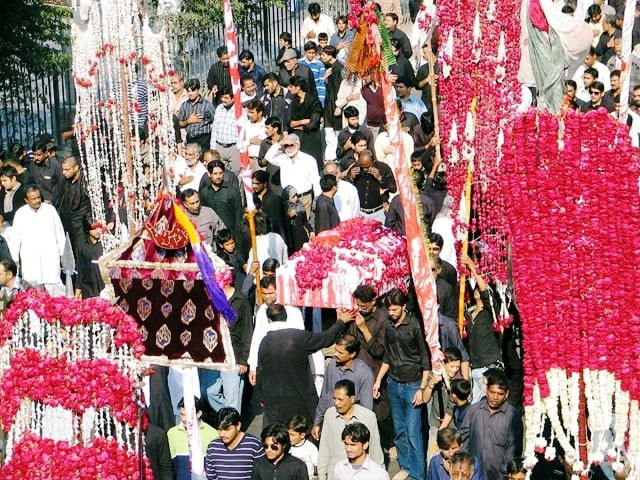
Jihad and sectarianism intermingled in Pakistan. Because of jihad in Afghanistan and Kashmir, the Sunni sect became anointed by the state as its vanguard of irredentism. Deobandi and Ahle Hadith, both schools traditionally anti-Shia in their thinking, became empowered under state tutelage. The year 1986 saw the Shia of Kurram Agency massacred. The Shia in Gilgit were gunned down in 1988.
On the Ashura of 2003 and 2004, the Shia Hazara community of Quetta in Balochistan was struck twice, killing 53 people. Pakistan blamed India but the Shias were pointing clearly to the three well-known sectarian militias and some quite respectable clerical leaders of Pakistan. When nothing was done and more Shias were killed at the Pakistan space agency, Suparco, in Karachi, someone hit back in a desperate gesture and shot dead a member of the National Assembly, Maulana Azam Tariq, who was also the leader of the anti-Shia religious party Sipah-e-Sahaba, in Islamabad. Today, Karachi, the economic heart of Pakistan, is the most endangered city. In Khyber-Pakhtunkhwa, in cities such as Kohat and Hangu, the Shia community simply relocates elsewhere to avoid being killed during Ashura.
Pakistan radicalised itself by ignoring the nation-state requirement of pluralism. Now citizens proclaim that they are Muslims first and Pakistanis later. The slogan is meant to exclude the non-Muslim minorities, but non-Sunnis are excluded, too, because no Islamic state can avoid subdividing on sectarian lines. No one challenges clerics recommending that Muslims defy the nation-state by repudiating their national identity which is: Pakistani first. Pakistan’s rejection of pluralism — which was close to the heart of the founder of the state, Quaid-e-Azam — has unleashed a war of identities on the innocent population. Muslims have become majoritarian all over the world and have endangered themselves by transforming their countries into states of one sect or the other. In Iran, the Sunni community is endangered, as it is in Lebanon, where the Shia have been empowered through weaponisation by Iran through Syria. Pakistan’s sectarianism is now weaponised and endangers the state.
Identities become highlighted when one identity is elevated above other identities. First the non-Muslims were thus threatened; then the non-Sunni sects. The minority communities become challenged to likewise highlight their identities for the sake of survival. This is what is happening in Pakistan and there is no end in sight. The massacres are, however, ‘organisational’ and not at the level of the common man. Once the state abandons jihad and removes local and foreign non-state actors from its soil, the violence will likely subside.
Published in The Express Tribune, December 6th, 2011.



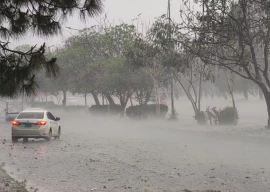

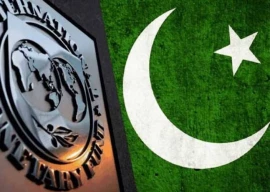

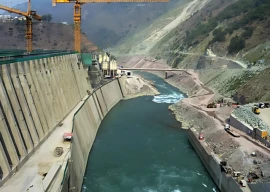
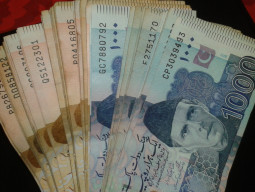
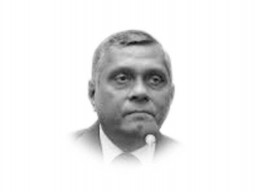





COMMENTS
Comments are moderated and generally will be posted if they are on-topic and not abusive.
For more information, please see our Comments FAQ